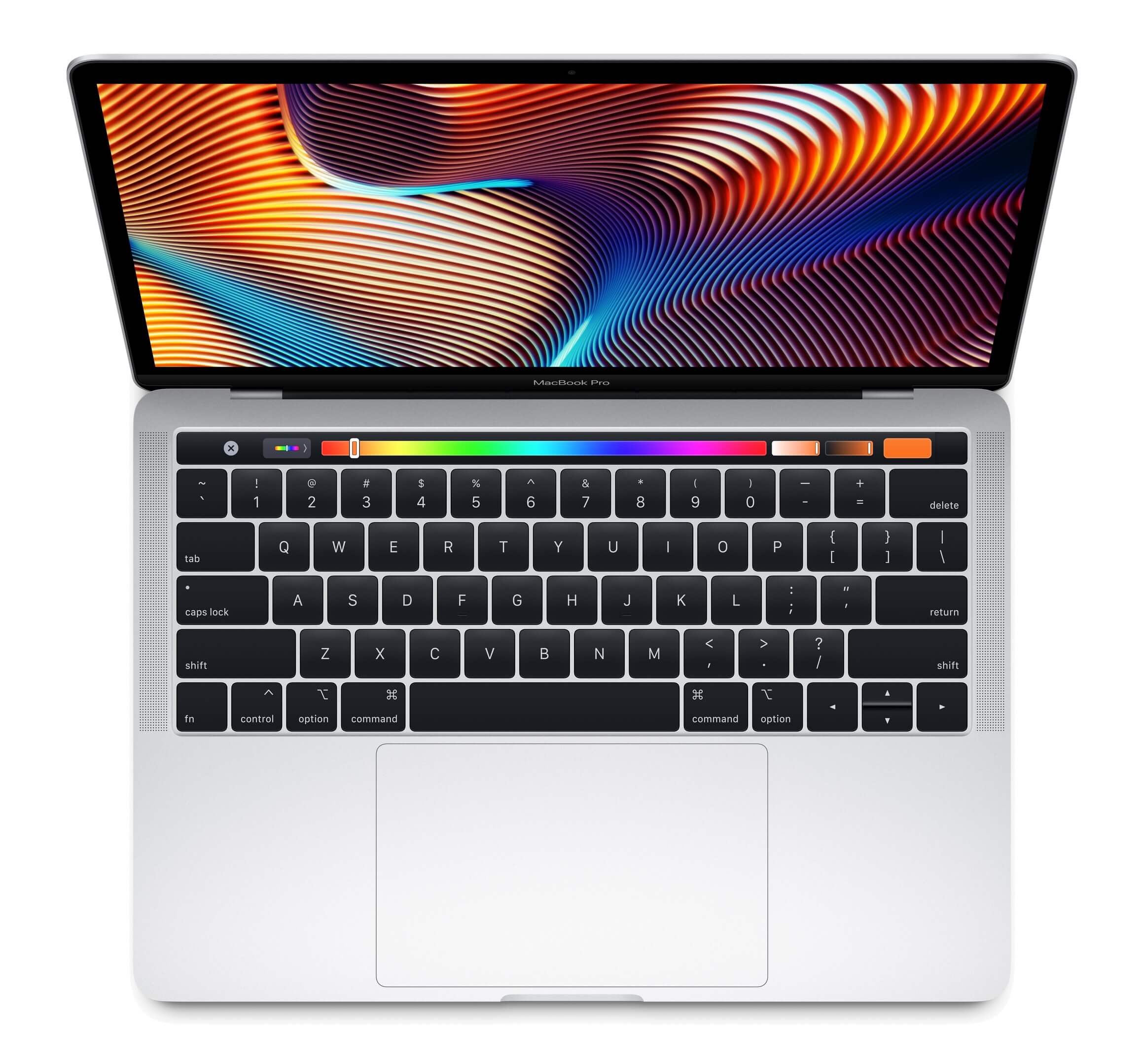In brief: The entry level MacBook Pro and MacBook Air are getting a refresh today with faster CPUs, better screens and a price drop. Apple is dropping the older non-Retina MacBook Air, and the polarizing 12-inch MacBook that started the war on ports. The first is obsolete, and the second struggled to find a place in a lineup where the new MacBook Air has more ports, more power, while also costing less.
Apple earlier this year refreshed its higher end MacBook Pro 13 inch and 15 inch models with beefier, 8-core CPUs and subtle improvements to its infamous keyboard. Now the company is giving the same treatment to the base MacBook Pro and MacBook Air models, making them more compelling for the back-to-school season.
The entry-level MacBook Pro is joining the Touch Bar (and Touch ID) club, which marks the end of the "MacBook Escape" option that has been the only sane option for some, particularly software developers.
On the inside, the dual-core Kaby Lake i5 processor has been replaced with a quad core i5 of the Coffee Lake flavor, but on the outside there's the same butterfly keyboard, as well as the same two USB-C ports Apple considers enough for this model. The flipside is that the True Tone display is now also a thing on the base MacBook Pro.
As for the MacBook Air, it gets a thinner upgrade in the form of dual core Coffee Lake CPUs and a True Tone display, so just like the Pro it is now capable of adjusting based on ambient lighting for more natural colors. The Air is also equipped with two USB-C ports and a third-gen butterfly keyboard, but if that's not your cup of tea, Apple might return to scissor switches in upcoming models next year.
Apple has also dropped the starting price for the MacBook Air and MacBook Pro to $1,099 and $1,299 respectively, and students can have them for $100 less, which is a smart move considering 71% prefer Macs over a PC.
The Cupertino giant also quietly stopped selling the older, non-Retina MacBook Air, as well as the 12-inch MacBook, which started at $1,299 and only had one USB-C port for connectivity (and charging). While it wasn't for everyone, and was plagued by low performance and butterfly keyboard switches, its biggest issue was arguably Intel and its struggle to make its chips smaller and more energy efficient.
